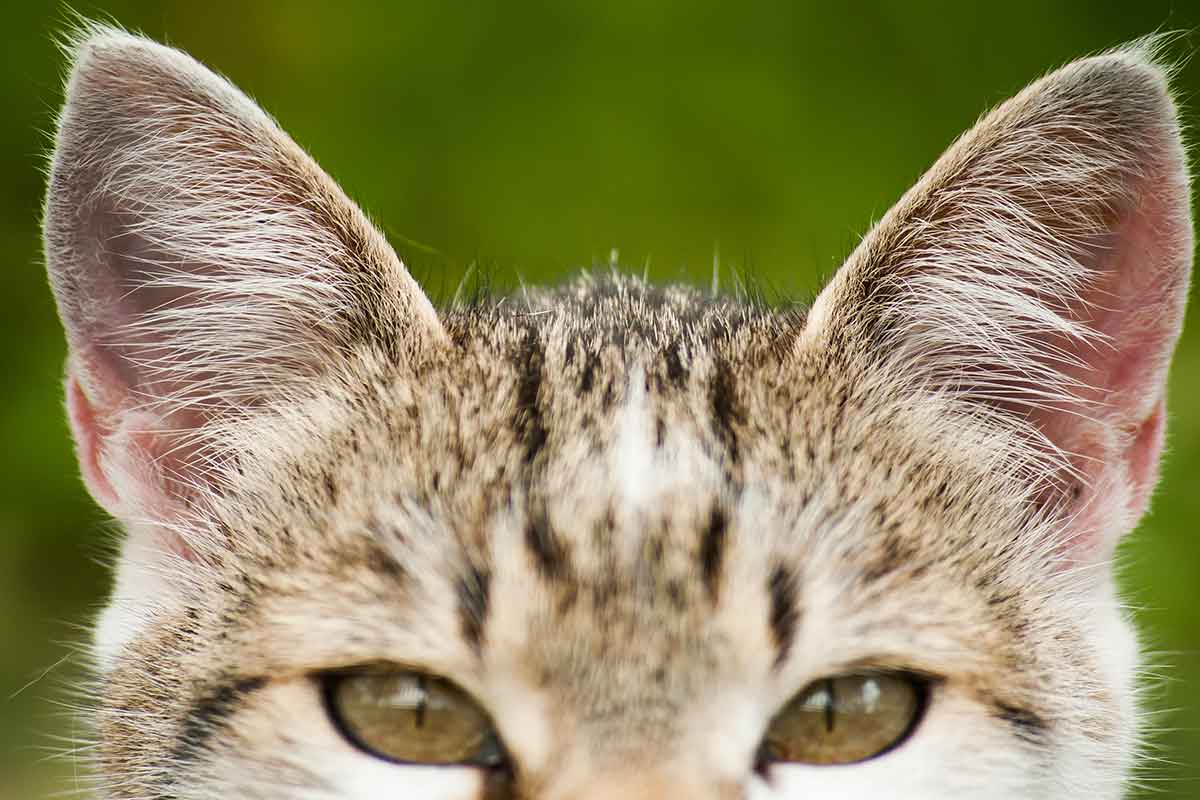0
Understanding the subtle cues of a cat’s ears can provide valuable insights into their emotions and intentions. While cats generally have smaller and less expressive ears compared to dogs, there is still a silent language conveyed through their ear movements. Despite the common perception of cats being less trainable than dogs, they exhibit similar body language responses that can be deciphered by observing their ears.
Alert and leaning forward. This is the typical appearance of a content cat: Their ears are alert and leaning forward, and their whiskers are relaxed. Cats who are self-assured and curious about their surroundings will also position their ears in an upward direction. When your cat approaches you with their ears up and forward, they are welcoming you and are eager to listen to what you have to say, or at least expecting some form of interaction.
Cats have a unique way of communicating through their ears. Similar to dogs, when cats sense trouble, they will move their ears back. They also push their whiskers forward to gain a better understanding of the situation that is bothering them. If you notice your cat’s ears in this position, it is a clear indication that they are highly disturbed, and it is advisable to avoid any physical contact with them.
When cats are scared, they have a tendency to flatten their ears against the sides of their heads, along with laying their whiskers down. This behavior is different from when a cat is angry and pulls their ears straight back. It is still unclear why cats do this, as it seems to hinder their sense of hearing and potentially make them more susceptible to danger.
Experts have put forward a couple of theories regarding why cats flatten their ears. One theory suggests that cats do this to appear smaller and less intimidating. When cats flatten their ears and crouch down low, it’s as if they are saying, “Don’t worry about me, I’m not a threat.” Another theory proposes that cats flatten their ears to block out sounds that they perceive as threatening. This helps them remain still and calm until the perceived threat passes. Additionally, by pressing their ears against their head, cats reduce the risk of getting bitten during a fight or altercation.
Understanding the Language of Cat Ears: A Comprehensive Guide
Cats possess an impressive and highly advanced sense of hearing, allowing them to detect even the tiniest of sounds, such as a mouse scurrying inside a wall on the other side of the room. One of the factors contributing to their remarkable accuracy in locating the source of a sound is their ability to rotate and direct their conical-shaped ears towards the noise. If you observe your cat turning one or both of its ears to face outward, it is a clear indication that they are intrigued by something they have heard.
When you’re having a conversation with your cat, you may notice that they appear to be fully focused on what you’re saying. However, suddenly you might observe their outer ear, known as the pinna, turn in a different direction, indicating that they have lost interest and are now focused on something more captivating.
In summary, even though cats have smaller and less diverse ears compared to dogs, their ears still play a crucial role in expressing their emotions and communicating with humans. By observing their ear positions, we can gain valuable insights into their mood and intentions. When a cat’s ears are raised and slightly forward, it indicates that they are in a happy and attentive state. On the other hand, if their ears are pulled back and their whiskers are forward, it suggests that they are anticipating something or feeling agitated. When cats flatten their ears against their heads, it signifies that they are scared or trying to appear non-threatening. The swiveling of their ears showcases their exceptional hearing abilities and their interest in specific sounds. By understanding and interpreting a cat’s ear language, we can establish better connections and communication with our feline companions.

